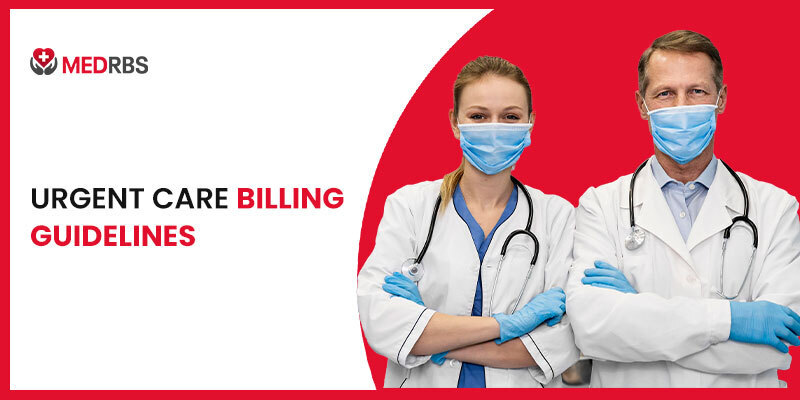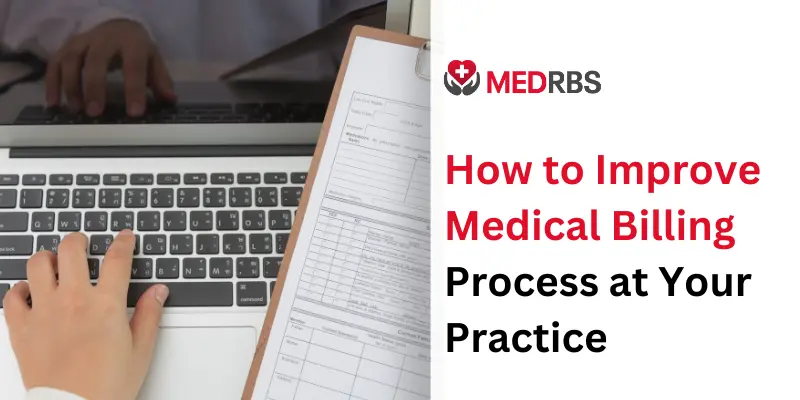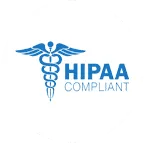Healthcare is always changing. One big change is urgent care centers. They are so important because they can give fast and helpful health services. By 2023, they are expected to be worth $26 billion. Urgent care clinics play a vital role in making healthcare easily accessible. They provide fast, affordable, and effective services.
Despite all the success, having strong urgent care billing and coding is still critically important. That’s why it’s essential to get a firm grasp on the urgent care billing guidelines set for 2024.
Importance of Accurate Medical Billing and Coding in Urgent Care Practices
Correct urgent care billing and coding are important for financial health in urgent care practices. The translation of medical services into accurate codes ensures streamlined reimbursement processes, minimizing errors that could lead to financial losses. The health sector requires an in-depth understanding of several critical areas. One such key area is proper coding. Why is it so important? Because it enables compliance with established rules, reduces risks, and provides clarity on financial issues.
This expertise is critically important for urgent care centers. It helps to avoid financial setbacks, ensures seamless operations, and boosts profits. The aim here? To maintain the financial health and efficient operation of these healthcare services.
Key Guidelines for Urgent Care Billing
What do you think about the 2023 medical billing and coding guidelines? They provide clear and valuable insights that are very crucial for urgent care staff. It’s really important to stay updated with these rules. Strict adherence to these guidelines ensures that medical services are correctly coded, patients receive their deserved reimbursements, and healthcare providers are properly compensated.
CMS Updates: Impact on Urgent Care Coding
The Centers for Medicare and Medicaid Services (CMS) has made a significant change. They now label the Place of Service (POS) code for urgent care centers as 20. This change plays a key role in the coding and billing stages in urgent care institutions.
Customized Codes for Urgent Care
Specialized updates within Evaluation and Management (E/M) codes, tailored for urgent care visits, play a pivotal role. These codes are essential in portraying the level of care rendered by healthcare professionals and ensuring consistent reimbursement rates.
Emphasis on Electronic Claim Submission
To enhance accuracy in claim submissions, CMS has introduced a policy emphasizing “Electronic Claim Submission.” This policy update holds particular significance due to its role in streamlining the claim submission process.
Delving into Specific Nuances
Let’s explore some specific nuances within the guidelines to ensure a comprehensive understanding:
ICD-10-PCS Codes
ICD-10-PCS codes, characterized by “7” characters, offer precise details about each procedure performed, with each character serving a distinct role in accurately coding information.
Multiple Procedures
For multiple procedures conducted during the same operational episode involving the same root operations on different body parts, proper coding is imperative.
Biopsy Procedures
Biopsy procedures necessitate coding using root operations like Excision, Extraction, or Drainage, accompanied by the qualifier Diagnostic.
Bypass Procedures
Bypass procedures demand identification of both the body part bypassed “from” and the body part bypassed “to” for precise coding.
E/M Services
History and exams aren’t needed for E/M services anymore. But, for CPT codes 99202-99215, they’re still super important. Pick your E/M code based on the level of medical decision-making (MDM) now. Also, consider how much time you spend on the encounter day.
Shift in Time Association
The time associated with CPT codes 99202-99215 has transitioned from typical face-to-face time to the total time spent with the patient on the visit day.
MDM Components
The MDM linked with codes 99202-99215 encompasses three updated components:
- The number and complexity of problems managed
- The amount or complexity of data reviewed and analyzed
- Risk of complications or mortality of patient management. Selection of an E/M service level necessitates meeting or exceeding two of these elements.
Key Codes in Urgent Care Billing
S9083
S9083 stands out as a code offering a streamlined approach. This billing code allows for a unified service fee, irrespective of the complexity of the treatment plan. Interestingly, certain Managed Care Organizations (MCOs), particularly in states like Florida and Arizona, insist on the utilization of S9083 for billing all services within urgent care settings.
S9088
On the other hand, S9088 takes center stage for its distinct role in covering services provided within an urgent care framework. This code operates in tandem with the relevant Evaluation and Management (E/M) code, creating a comprehensive billing strategy for urgent care centers. Its utility extends to enabling the billing process for both medical diagnosis and treatment, all while accommodating the elevated costs associated with delivering urgent care. In regions where urgency meets complexity, S9088 plays a crucial part in ensuring that urgent care providers are duly compensated for their prompt and essential services.
Most Common Urgent Care CPT Codes
In urgent care coding, we often rely on Evaluation and Management (E/M) codes. Some commonly used CPT codes are 99214, 99213, and 99204. These codes play a vital role in ensuring precise billing in an urgent care setting. They are essential for accurately documenting and charging for the services provided in urgent care situations.
Revised CPT Codes In Urgent Care
It’s vital in urgent care to keep current with CPT code changes. The Centers for Medicare & Medicaid Services (CMS) change these codes yearly. This has a big impact on claim submissions. The rules for picking E&M services have changed too. Now, they focus more on the degree of medical decisions made or how much time was spent on a service.
Urgent Care Billing and Coding Best Practices
Handling urgent care’s billing and coding can be tricky in-house, because healthcare rules always change. But, there’s a solution! Outsourcing to a medical billing company can be a wise move. They promise to stick to urgent care billing and coding standards. As a result, your claims won’t get denied often and payments will be more efficient.
Common mistakes to avoid in Urgent Care Billing
Incomplete Documentation:
Failing to document essential patient information and medical procedures accurately can lead to billing errors and claim denials.
Coding Errors:
Incorrectly assigning CPT codes or failing to stay updated on code changes can result in billing discrepancies and delays in reimbursement.
Lack of Verification:
Neglecting to verify patient insurance coverage and eligibility before providing services can lead to claim rejections and payment issues.
Inefficient Follow-Up:
Delayed or inadequate follow-up on unpaid claims can negatively impact cash flow. Timely resolution of denials and appeals is crucial for optimal revenue.
Non-Compliance with Regulations:
Ignoring or overlooking compliance with healthcare regulations, such as those set by CMS, can result in penalties, legal issues, and financial losses for the urgent care facility.
Conclusion
In the fast-paced world of emergency healthcare, understanding the details of medical billing and medical coding is key. The patient needs to be wellbeing and keep the finances healthy. These guidelines for billing in Urgent Care underline how important getting it right and being efficient is when managing payments. Because a lot is going on behind the scenes, outsourcing to urgent care billing companies that specialize in healthcare Revenue Cycle Management (RCM) takes the pressure off. Using certified EHR systems and getting expert help makes sure everything is up to standard, and money is claimed back correctly. This approach ensures urgent care clinics can keep on top of change and meet any challenges that come their way.
Urgent Care Billing Guidelines FAQs
What CPT codes are billed for urgent care?
Common Urgent Care CPT Codes
- 99201-99205: Evaluation & Management of New Patients.
- 99211-99215: Evaluation & Management of Established Patients.
- 12001-13160: Wound Repair.
- 10060-10180: Incision & Drainage.
- 20525-20553: Foreign Body Removal.
- 29000-29799: Splint and Cast Applications.
What is urgent care coding?
The Most Common Urgent Care Codes That are In Usage
Level 4 E/M (99204) is used for a new patient visit based on the level of care provided. Level 3 to Level 4 E/M (99213 and 99214) are used for established patients based on the level of care provided
What is the difference between 99213 and 99214 in urgent care?
In a typical 99213 visit, you may not need to review or update the patient’s PFSH at all, but a 99214 requires at least one of those areas to be reviewed and documented.
What modifier is used for urgent care?
Modifier -25
How do you code urgent care visits?
The urgent care billing code S9083 allows the facility to charge a single service fee regardless of the patient’s treatment plan. In some cases, a Managed Care Organization (MCO) may require a hospital to bill using the S9083 urgent care billing code.







